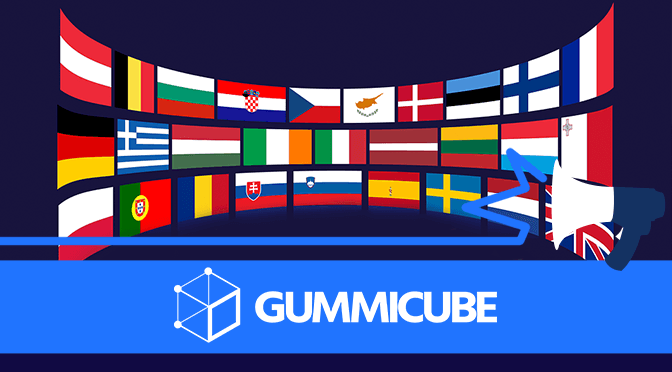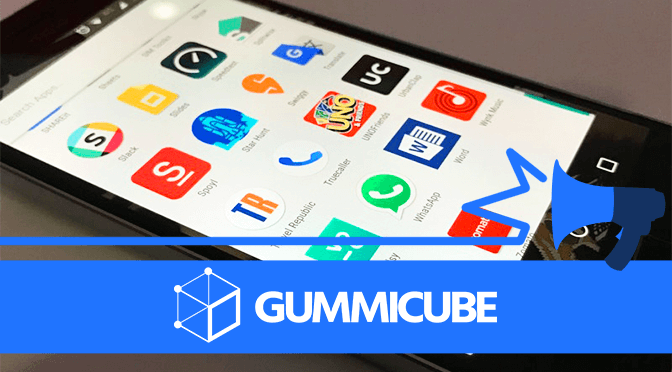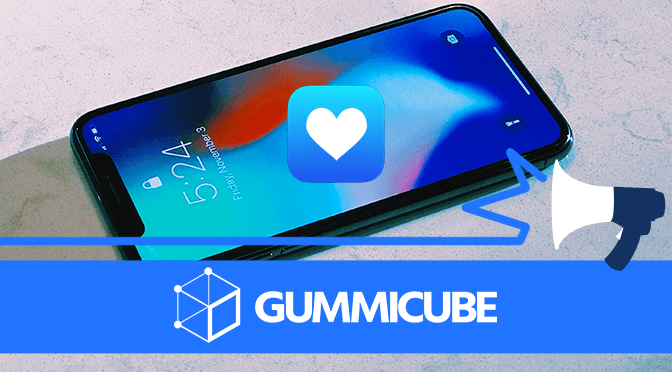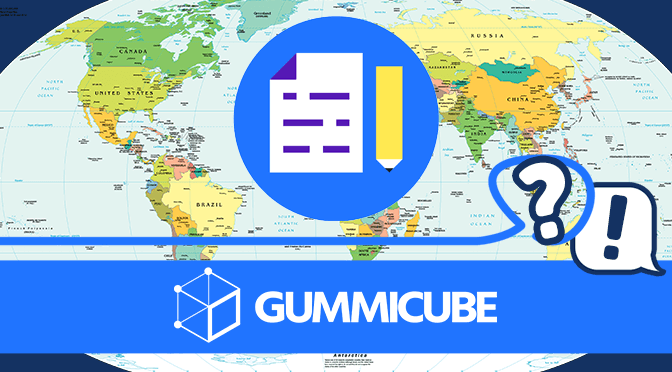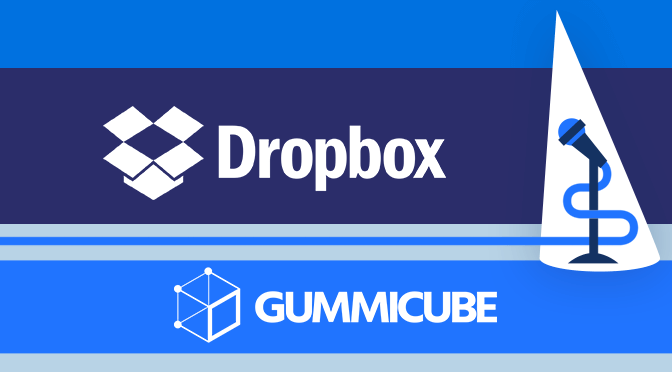
Dropbox App Store Spotlight
Posted on April 23rd, 2019
Dropbox is an app and website allowing users to upload, store and share files. It’s a useful tool for workplace collaboration, syncing files across devices and editing files remotely. Does the website’s popularity translate into a successful app, or could it be improved with proper App Store Optimization? For this week’s App Store Spotlight, we drop in on Dropbox and see how well it’s performing in the stores.



